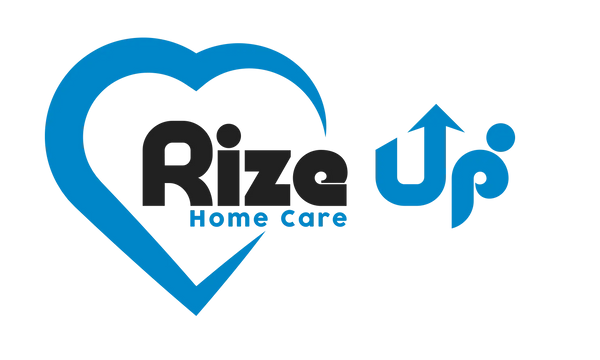Elderly people are at greater risk of falling and sustaining serious injuries from falls. According to the United States Centers for Disease Control (CDC), falls are the leading cause of fatal injuries for older persons, and more falling accidents happen in people over 65 every year.
Nursing homes can make hundreds of modifications to prevent falls in elderly people, but they still happen. The critical response factor that coincides with medical preparedness is understanding the legal implications that exist when patients fall.
Nursing Home Liabilities for Falls
Patient falls pose a significant and unique risk for U.S. nursing homes and medical facilities. Slip-and-fall settlements cost nursing homes millions of dollars.
In addition to the frequency of falls, one of the factors driving up these costs is the multiple liability challenges at play. When a patient falls, nursing homes and medical facilities may be subject to premises liability, medical negligence, and worker's compensation claims.
- Premises Liability: Holds property owners accountable for slip-and-falls that occur on their properties.
- Medical Negligence: Holds medical facilities accountable for falls that result in serious injury if it can be determined that the facility did not take proper precautions or give proper care.
- Worker's Compensation Claims: Holds employers accountable for employee injuries that occur on the job.
Why Worker's Compensation is a Key Consideration for Nursing Homes
Millions of Americans suffer serious injuries from trying to help someone else up from a fall. However, injuries from improper lifting are almost entirely preventable by using a portable lifting device.
The Raizer M and Raizer II Lifting Chairs are ideal for nursing home employees to help patients back up from falls, ensuring safety for themselves and the patient. Helpers can assemble these lifting chairs underneath the patient while they are laying down. Raizer II is battery operated and uses a remote, and Raizer M is a mechanical lifting device that uses a hand crank, to gently raise the patient to a seated position.
These lifting devices can save nursing homes millions of dollars in direct medical costs and claims. They ensure that nursing homes are prepared to help fallen patients back up safely and correctly.
We know that preparedness is key to fall prevention. What about being prepared to help patients when they do fall? That's the missing puzzle piece that nursing homes can address with lifting devices like Raizer M and Raizer II.
Disclaimers: Please note that although Rize Up Care has consulted multiple legal sources to verify the information in this article, we are not lawyers. Always consult with a legal professional before filing a claim.
Always assess the situation before making medical decisions to help another person. A lifting device should only be used in certain situations which can be assessed and determined that it is safe to use. If you are uncertain, please seek a medical professional for help. Always use your best judgement. The Raizer Lifting Chairs make the lifting process faster, easier and ensure proper lifting technique. That does not mean that they are suitable for every situation.

